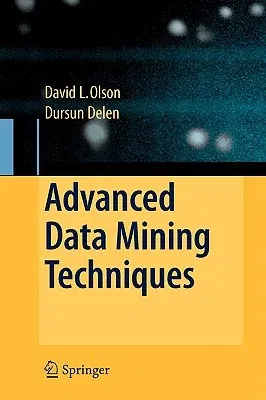The intent of this book is to describe some recent data mining tools
that have proven effective in dealing with data sets which often involve
unc- tain description or other complexities that cause difficulty for
the conv- tional approaches of logistic regression, neural network
models, and de- sion trees. Among these traditional algorithms, neural
network models often have a relative advantage when data is complex. We
will discuss methods with simple examples, review applications, and
evaluate relative advantages of several contemporary methods. Book
Concept Our intent is to cover the fundamental concepts of data mining,
to dem- strate the potential of gathering large sets of data, and
analyzing these data sets to gain useful business understanding. We have
organized the material into three parts. Part I introduces concepts.
Part II contains chapters on a number of different techniques often used
in data mining. Part III focuses on business applications of data
mining. Not all of these chapters need to be covered, and their sequence
could be varied at instructor design. The book will include short
vignettes of how specific concepts have been applied in real practice. A
series of representative data sets will be generated to demonstrate
specific methods and concepts. References to data mining software and
sites such as www.kdnuggets.com will be provided. Part I: Introduction
Chapter 1 gives an overview of data mining, and provides a description
of the data mining process. An overview of useful business applications
is provided.


